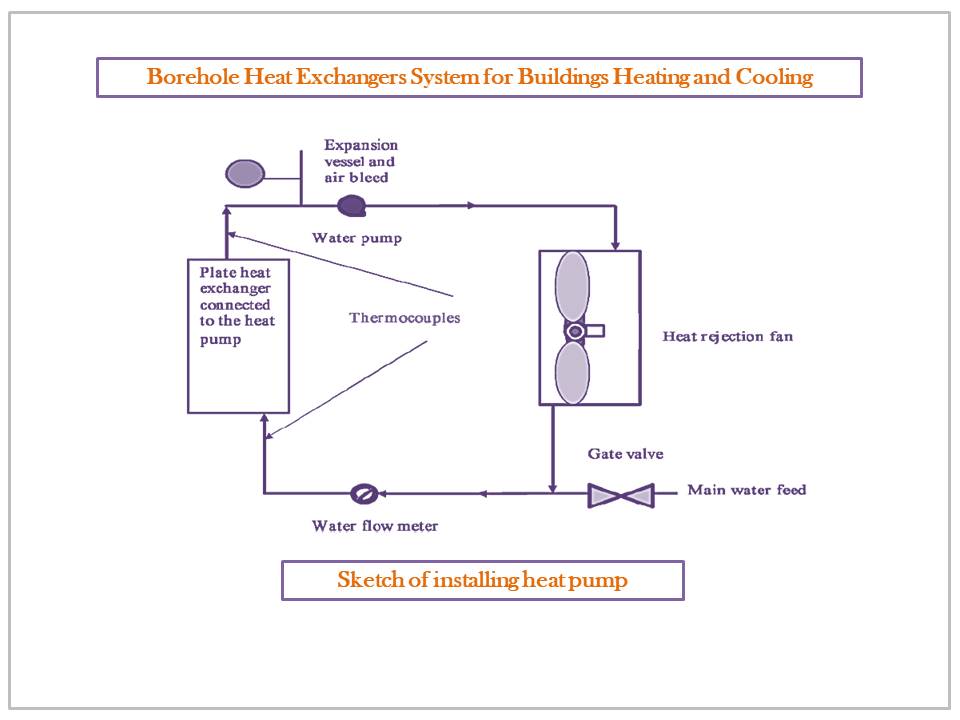Chemical Science & Engineering Research
Title
Borehole Heat Exchangers System for Buildings Heating and Cooling
Authors
Abdeen Mustafa Omer
Associate Researcher, Energy Research Institute (ERI), Nottingham NG7 4EU, United Kingdom.
*Corresponding author E-mail address: abdeenomer2@yahoo.co.uk
Article History
Publication details: Received: 18th October 2022; Revised: 17th November 2022; Accepted: 17th November 2022; Published: 23rd November 2022
Cite this article
Omer A.M. Borehole Heat Exchangers System for Buildings Heating and Cooling. Chem. Sci. Eng. Res., 2022, 4(11), 13-28.

Abstract
Some emphasis has recently been put on the utilisation of the ambient energy from ground source and other renewable energy sources in order to stimulate alternative energy sources for heating and cooling of buildings. Geothermal heat pumps (GSHPs), or direct expansion (DX) ground source heat pumps, are a highly efficient renewable energy technology, which uses the earth, groundwater or surface water as a heat source when operating in heating mode or as a heat sink when operating in a cooling mode. It is receiving increasing interest because of its potential to reduce primary energy consumption and thus reduce emissions of the greenhouse gases (GHGs). The main concept of this technology is that it utilises the lower temperature of the ground (approximately <32°C), which remains relatively stable throughout the year, to provide space heating, cooling and domestic hot water inside the building area. The main goal of this study is to stimulate the uptake of the GSHPs. Recent attempts to stimulate alternative energy sources for heating and cooling of buildings has emphasised the utilisation of the ambient energy from ground source and other renewable energy sources. The purpose of this study, however, is to examine the means of reduction of energy consumption in buildings, identify GSHPs as an environmental friendly technology able to provide efficient utilisation of energy in the buildings sector, promote using GSHPs applications as an optimum means of heating and cooling, and to present typical applications and recent advances of the DX GSHPs. The study highlighted the potential energy saving that could be achieved through the use of ground energy sources. It also focuses on the optimisation and improvement of the operation conditions of the heat cycle and performance of the DX GSHP. It is concluded that the direct expansion of the GSHP, combined with the ground heat exchanger in foundation piles and the seasonal thermal energy storage from solar thermal collectors, is extendable to more comprehensive applications.
Keywords
Geothermal heat pumps; direct expansion; ground heat exchanger; heating and cooling